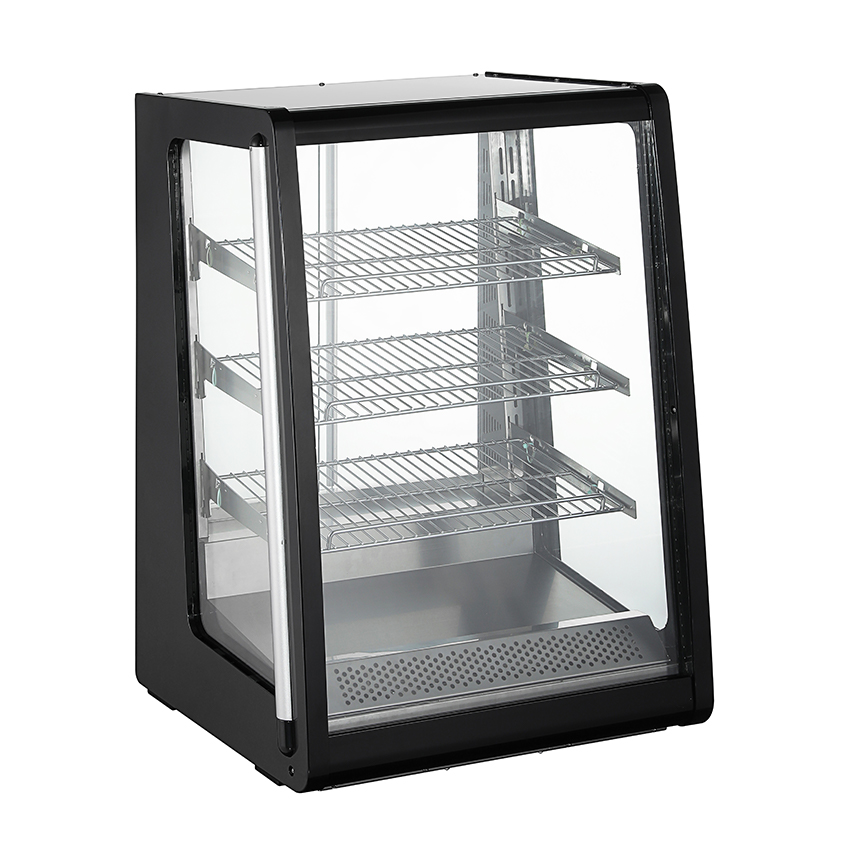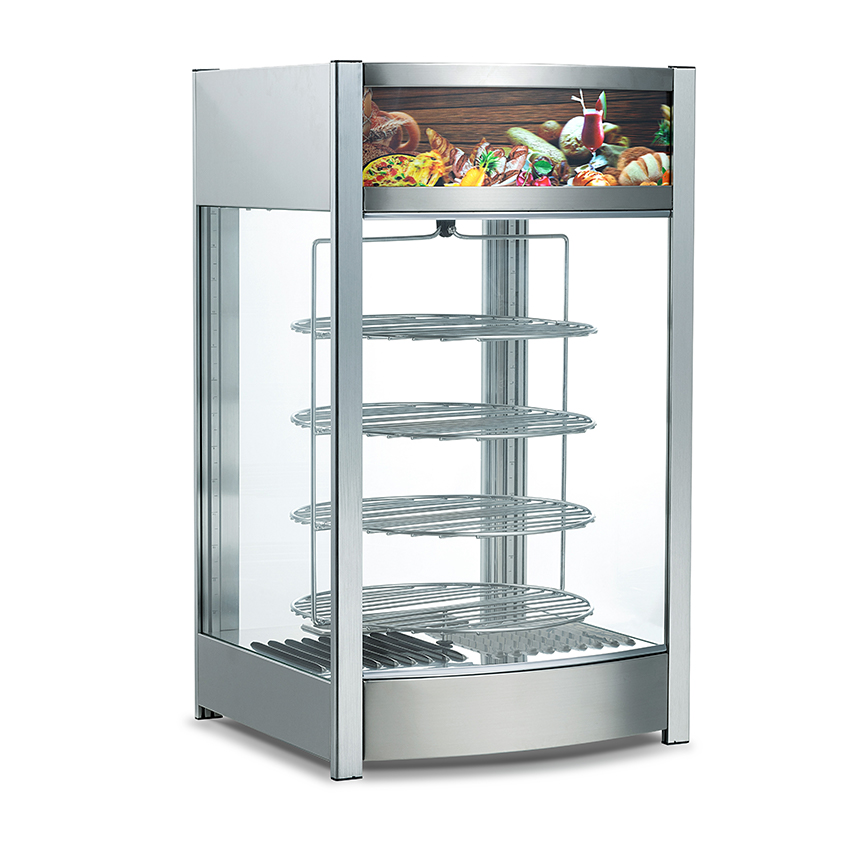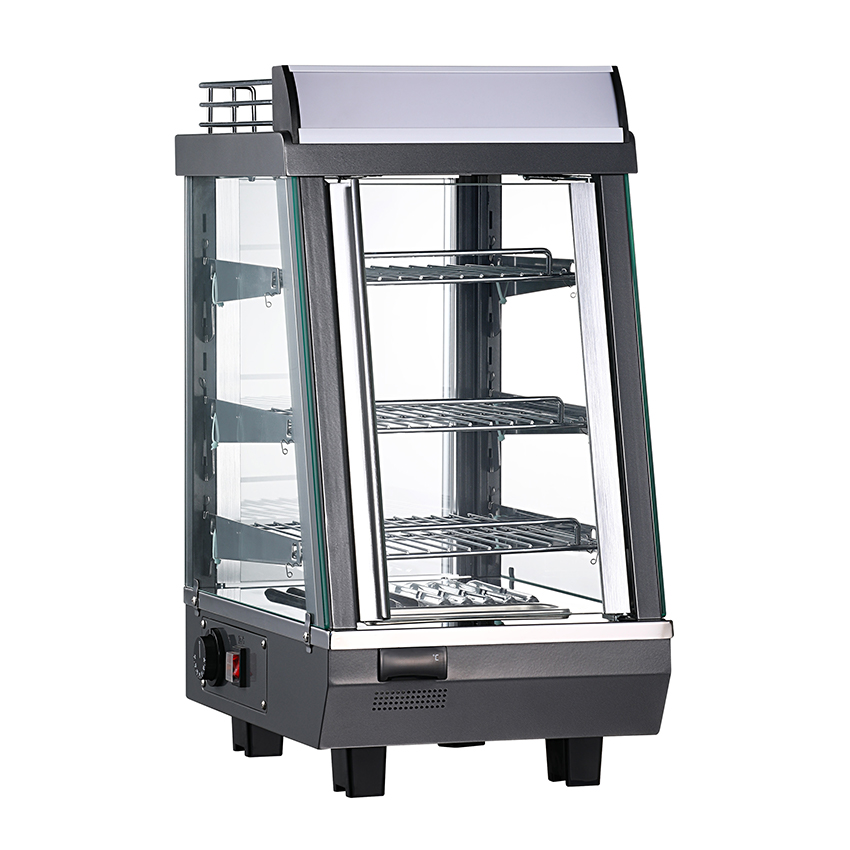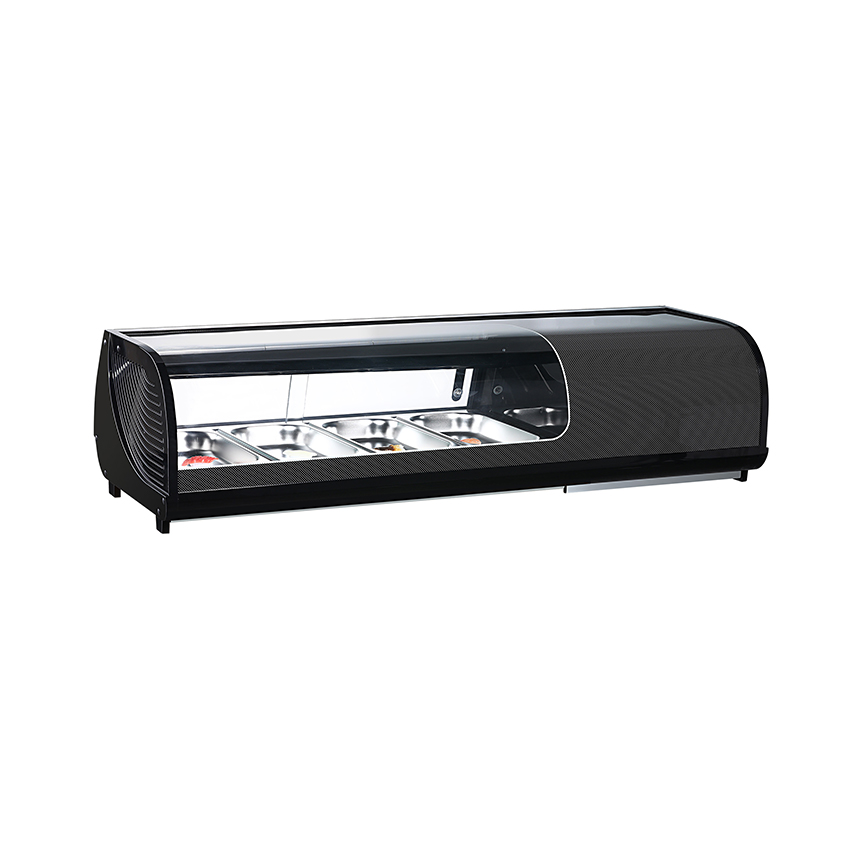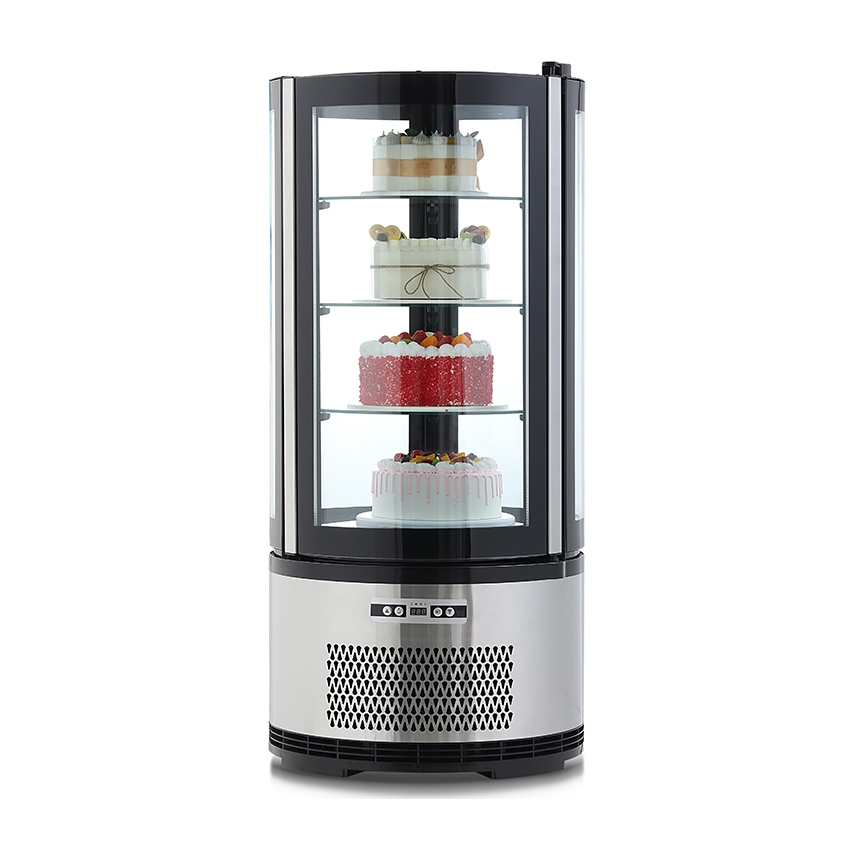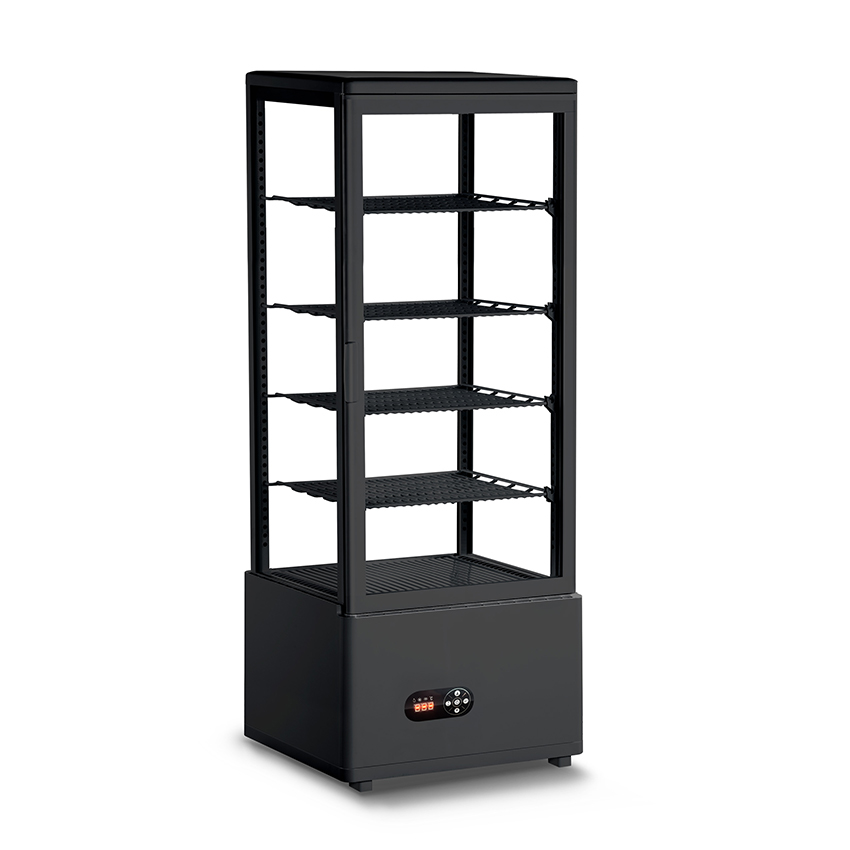Content
1. Special maintenance of core noise reduction components
Compressor shock absorption treatment
Regularly check whether the compressor rubber pad of the low noise tabletop refrigerated display cabinet is aging (it is recommended to be replaced every six months). If it loses its elasticity, it needs to be replaced in time, which can reduce the operating noise by 15 decibels.
Install shock-absorbing gaskets at the base of the compressor to reduce the resonance transmission with the cabinet.
Condenser and cooling system cleaning
Use a soft brush to clean the heat sink on the back or bottom every month. Excessive dust accumulation will cause the compressor to overload and increase noise. In severe cases, a small vacuum cleaner can be used to assist in cleaning. Commercial models can be installed with a washable dust filter to block 90% of dust.
Fan bearing lubrication
Add food-grade lubricating silicone grease to the fan bearing of the air-cooled refrigerator every quarter to avoid abnormal noise caused by dry friction.
2. Daily use of silent management
Stable placement and horizontal calibration
Use a level to adjust the four legs of the cabinet to ensure complete leveling. 3-5mm rubber pads can be used to absorb vibration on uneven floors. Leave 5-10cm heat dissipation space on the back of the cabinet and the wall to prevent hot air from reflux and increase the load on the compressor.
Load and space optimization
The items stored in the refrigerator should not exceed 70% of the capacity. Poor air circulation will force the compressor to continue to operate at high power. Heavy items should be placed on the lower layer to avoid resonance caused by stacking debris on the top.
Intelligent temperature control
Set the temperature control within the recommended range (5℃ for refrigeration/-18℃ for freezing). Too low a setting will cause the compressor to start and stop frequently. Commercial models can enable night mode and appropriately increase the temperature by 1-2℃ to reduce noise.
3. Deep maintenance cycle recommendations
|
Project |
Frequency |
Operation points |
Noise reduction effect |
|
Door seal tightness check |
Monthly |
Use banknotes to test the tightness of the closure, and replace if there is leakage |
Reduce compressor overtime caused by air leakage |
|
Internal defrosting |
Frost layer ≥ 0.5cm |
Use passive defrosting method (bamboo charcoal fiber cloth + defrost mode) |
Avoid excessive frost to increase fan resistance |
|
Pipeline fixation inspection |
Every six months |
Tighten loose exhaust pipes and fix vibrating parts with electrical tape |
Eliminate resonance and abnormal noise |
|
Refrigerant pressure test |
Yearly |
Test by professionals and replenish when insufficient |
Prevent the compressor from running at high load for a long time due to insufficient refrigeration |
4. Special environmental countermeasures
High humidity environment
Apply food-grade silicone mildew inhibitor to the groove of the door seal to prevent adhesion and abnormal noise.
Wipe the sealing strip with citric acid water every week to prevent mold growth and poor sealing.
Long-term out-of-use maintenance
Clean the inner and outer walls before powering off, apply talcum powder to the door seal to prevent adhesion, and slightly open the cabinet door for ventilation.
Power on and run for 3 hours every 2 months to prevent refrigerant from solidifying and corroding the pipeline.
5. Fault prediction and handling
Abnormal noise type judgment:
- High-frequency howling: Possible refrigerant leakage, professional maintenance is required.
- Regular clicking sound: The relay is operating normally, no intervention is required.
- Continuous humming sound: Check the compressor foot pad or pipeline resonance.


 English
English русский
русский Español
Español Français
Français عربى
عربى italiano
italiano
